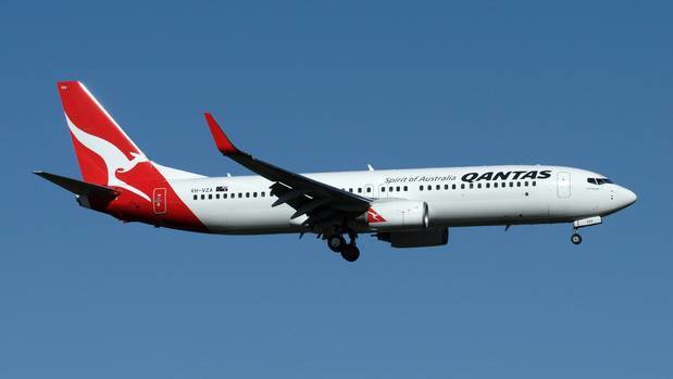
Australian treasurer Josh Frydenberg has dropped a big clue in the economic update that he expects international air travel to resume and Australia's borders to reopen on January 1, 2021.
But don't rush out to try and book a flight because there's no guarantee that planes will be taking off again then or at anywhere near pre-pandemic levels.
The budget update that reveals Australia is in recession and facing a massive debt and deficit hit and rising unemployment is based on a series of assumptions about when Covid-19 restrictions are lifted.
The assumption that international borders will reopen next year is outlined in black and white in the document.
"From 1 January to 30 June 2021, it is assumed that the travel ban is lifted, but that a two-week quarantine period is required of arrivals to Australia," the statement says. "This leads to the resumption of arrivals by temporary and permanent migrants, but at lower levels overall than normal,'' the Treasury document states.
But Frydenberg stressed on Thursday that no policy decisions had been made on this basis.
"In terms of the borders, the assumptions are that it very gradually starts to come back, that the quarantine is applied, that you start potentially bringing in some international students," he said.
"Now that is work that we have been undertaking but of course the environment with respect to the coronavirus is very fluid. So decisions haven't been taken about start dates for that."
Whether or not borders can reopen on that date, the economic update also predicts that international air travel, if it does restart, will remain at nowhere near pre-pandemic levels and will require a quarantine period for people entering Australia.
The key assumptions that underpin the economic forecasts also include an expectation that net overseas migration is significantly affected by international travel restrictions and constraints on the ability of applicants to meet visa application requirements, and is assumed to fall from 232,000 in 2018-19 to be 154,000 in 2019-20 and just 31,000 in 2020-21.
Between July and December 2020, only citizens, permanent residents, New Zealanders and a small number of international students are assumed to be able to travel to Australia, based on announced policy to date.
The forecast also assumes that the 4 square metres per person rule is assumed to remain in place from the end of September until the end of 2020.
"'Stay at home' restrictions were reintroduced across metropolitan Melbourne and the Mitchell Shire from 9 July. These restrictions require people to 'stay at home' unless shopping for food, providing care and caregiving, exercise, or study and work, if it cannot be completed from home,'' it states.
"These restrictions are assumed to remain in place for six weeks, easing to step 1 opening of restrictions until mid-September before the gradual move to the final step by mid-December."
It also includes expectations on how long Victoria's borders will remain closed for.
"The Victorian border with New South Wales and South Australia is assumed to be closed until 19 August 2020, with freight allowed to pass between the states along with essential travel,'' it states.
"The recent outbreak of Covid-19 in Victoria and the subsequent reintroduction of restrictions in metropolitan Melbourne and the Mitchell Shire, including border closures, is a sobering reminder of the virulence of the virus and its potential to continue to disrupt the way we live,'' the forecast warns.
"Though Australia is well prepared to manage the health crisis, the possibility of a major second wave of infections remains. To some degree, such outcomes have already been observed in several countries that had initial success in suppressing transmission of the virus.
"How further outbreaks of the virus will play out and its effects on communities and the economy are highly uncertain.
"If similar large scale restrictions were reimposed across all of Australia, this would likely reduce economic activity to similar levels as observed across April and May, and therefore would likely cost the economy at least $2 billion per week compared to where we may have been without a second wave of infections."
But Treasury officials also stressed that the volatility of the economy and the pandemic means that any predictions remain fraught.
"The evolution of the health crisis presents a significant risk to the outlook alongside uncertainty about the speed with which the Australian and global economies are able to resume activity following the lifting of restrictions,'' it said.
Take your Radio, Podcasts and Music with you









